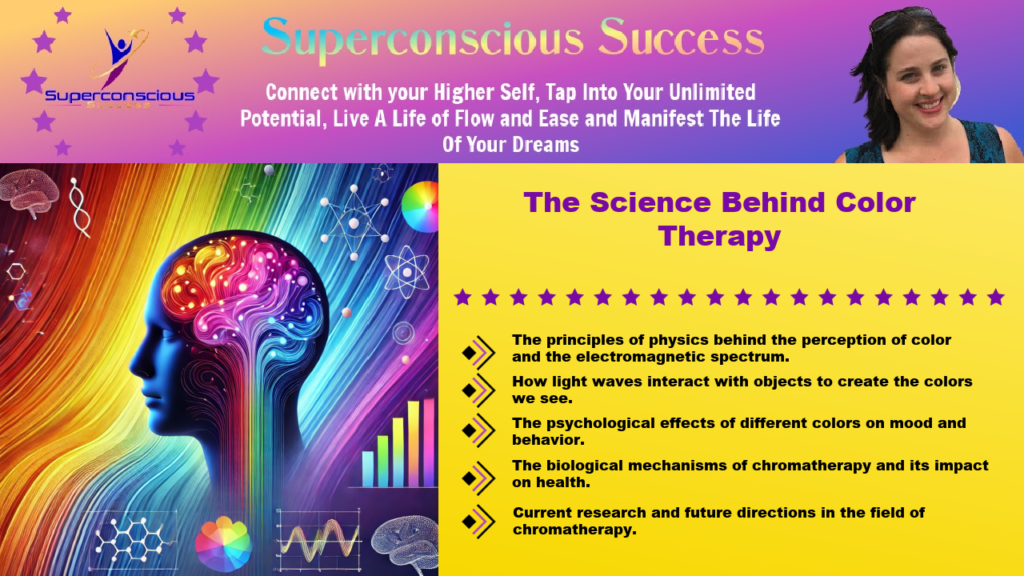
Hey there! In this blog post, you’ll dive into the fascinating world of color and discover how it works through the principles of physics and the electromagnetic spectrum. We’ll explore the science behind light waves and how they interact with objects to produce the colors we see. You’ll also learn about the psychological effects of colors, how chromatherapy can influence your mood and well-being, and the biological mechanisms behind this intriguing therapy. Additionally, we’ll look at current research and future directions in the field of chromatherapy. By the end, you’ll have a deeper understanding of how colors impact our lives and the potential benefits of using color for therapeutic purposes.
4. Current Research and Future Directions in Chromatherapy
Recently, chromatherapy has gained significant attention in the scientific community. This interest has led to more research on its effectiveness and applications. Studies have explored how color impacts our bodies and minds, providing evidence of its therapeutic potential. For example, a study in the Journal of Clinical Psychology found that exposure to specific colors can affect mood and cognitive performance, linking color stimuli to mental well-being.
Despite these advancements, chromatherapy still faces some challenges. Critics argue that much of the research is preliminary and often lacks rigorous control measures. This highlights the need for more comprehensive studies. Nonetheless, the promising results have paved the way for further exploration and a better understanding of how chromatherapy can be used therapeutically.
New technologies are also helping advance the study and application of color therapy. Innovations like virtual reality (VR) and augmented reality (AR) create immersive color environments, allowing researchers to study the effects of color in controlled yet realistic settings. Wearable devices that monitor physiological responses to color exposure provide new insights into the real-time impact of chromatherapy.
Looking ahead, the future of chromatherapy research looks bright. Combining chromatherapy with other therapeutic approaches, like cognitive-behavioral therapy and mindfulness practices, is being explored to enhance treatment outcomes. There’s also growing recognition of the importance of personalized color therapy. Tailoring interventions based on individual preferences and responses to color is key.
Continued research is essential to validate and refine chromatherapy practices. By building on current knowledge and addressing existing limitations, future studies can unlock new applications and solidify the role of color therapy in holistic health and wellness.

















